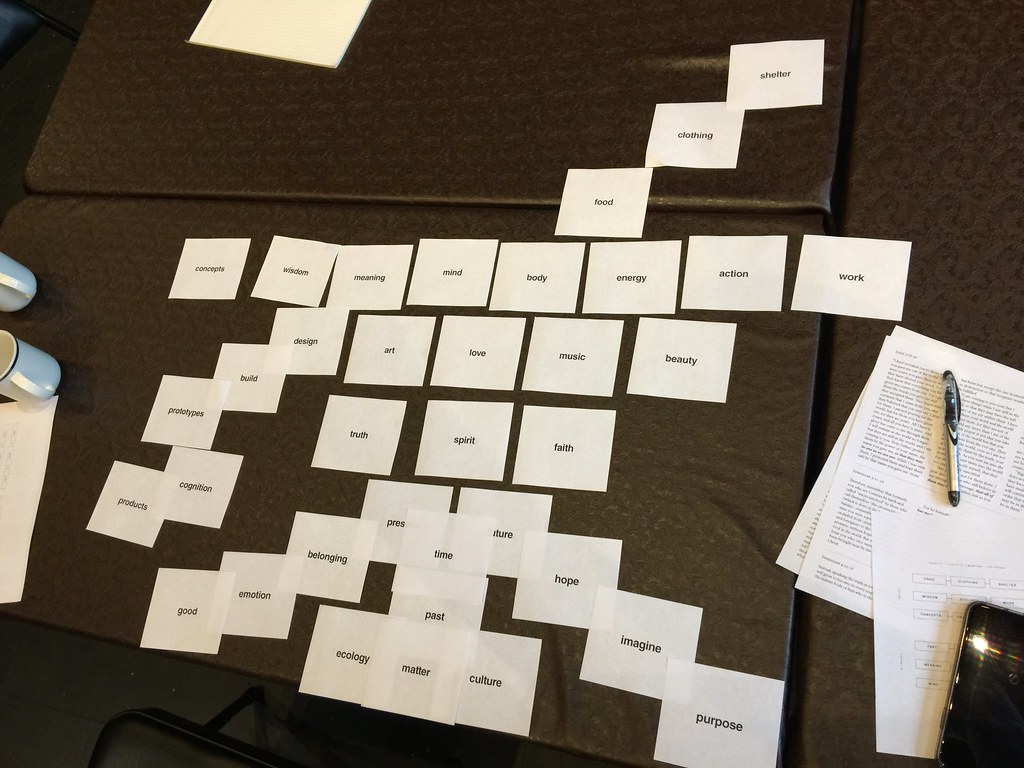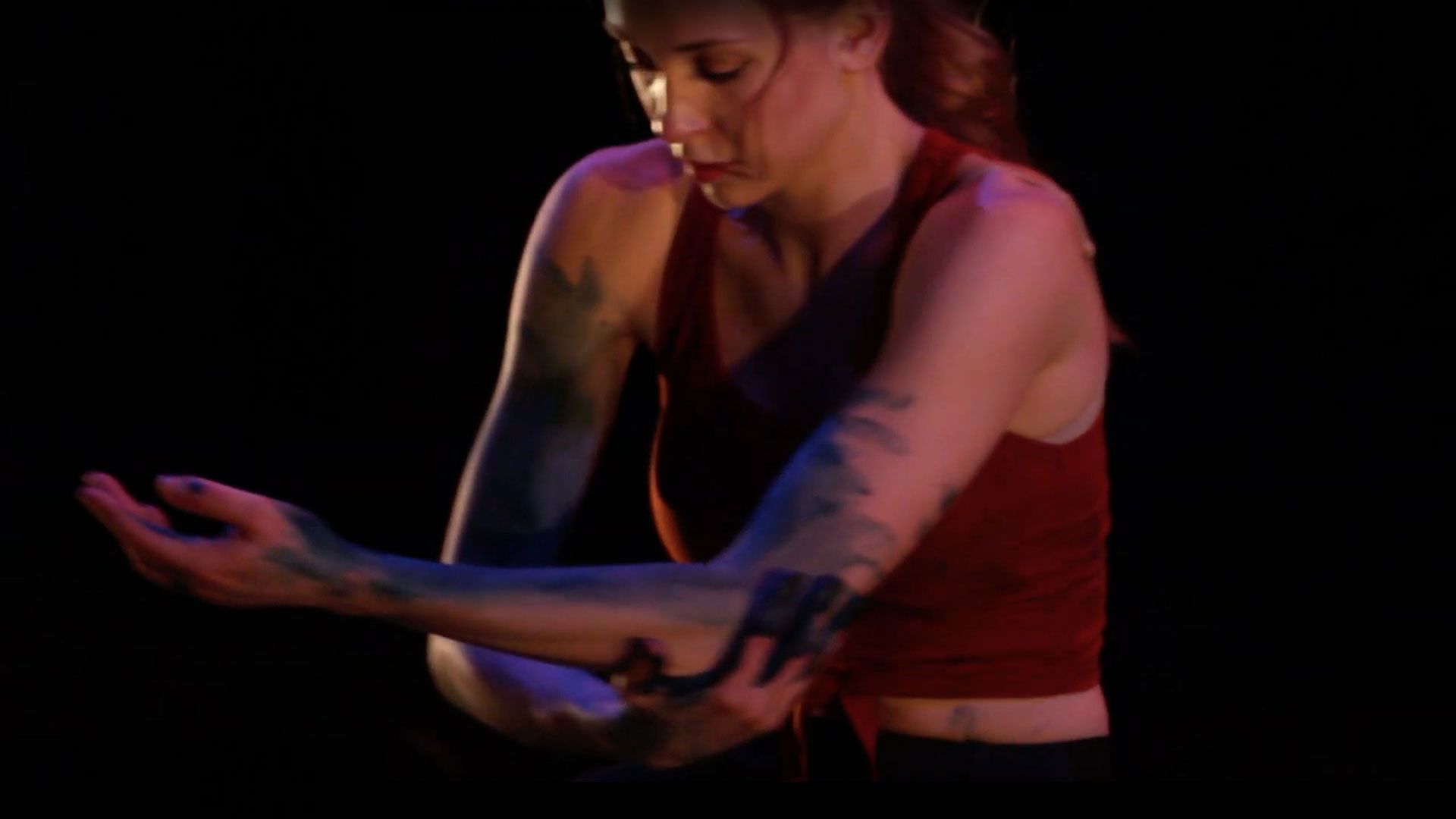Introduction
The Bez Arts Hub, located in Langley just outside Vancouver, BC is an arts venue and home to a dance studio, an arts education program and a performance and music publishing company. Featuring adjustable lighting, a sprung dance floor, sound system, and movable chairs and risers, this black box theatre offers a unique space for events and creative projects.
The centre curates a range of arts events and also offers space rentals and event services.
- Role: Experience Design Research, Service Design
- Project Duration: A work in progress
- Primary Stakeholder: Bez Arts Hub
Challenge
Bez Arts Hub is home to multiple enterprises, but it has found success working with students who join their four-year mentorship program of whole-person development for music, dance, and film. Finding people who are willing to commit to a four-year program is the challenge.
Solution
A platform for managing the activities of an arts centre that supports the education and well-being of artists and provides spaces and venues for the development, practice, and performance of music, dance, theatre, and film.
Results
Through immersion research as a participant in classes in music, art, and culture, as well as vision and strategy meetings with the owners, instructors, and advisors, the experience evolved into an opportunity to explore service design as an approach to organizational transformation.
Why solve this problem?
The arts are being undervalued by our communities, and because of a lack of interest and patronage, artists are not encouraged to cultivate skills and pursue careers in creativity.
There is a gap in local opportunities for professional mentorship in the arts that also includes a focus on whole-person development in the context of the caring and supportive relationships of a collaborative creative community.
Design Workshop
In a research workshop designed to explore our understanding of the human experience, we focused on concepts related to cognitive behavioural psychology, philosophy, spirituality, user experience design, and social physics.
How might we better understand our materials in order to design for the human experience?
Beginning with an open card sort, participants organized ideas into patterns to represent the interconnected nature of human experience.

The organization of ideas inspired sketches of the connections between concepts as it relates to the personal and professional development of an artist.

Perception, Cognition, Emotion + Action
By observing and listening to people as they worked through the card sort and sketching exercises, it was possible to develop a new way of conceiving of the experience of the artist by creating a mental model of a whole person. Here are a set of designs created as mental models of human experience, based in part on Jesse James Garrett’s talk, Design for Engagement.
Basic Form Study at the Bauhaus
These diagrams are loosely based on the original model for the Bauhaus curriculum.

Experience Design for the Arts
Why do I dance? Oh, Wow. I dance because I feel like I have to.
Contemporary dance. Very typically it has been very simply explained as being outward expression of an inward emotion, concept or idea.
What happens very often when people are watching contemporary dance is they’re trying to find the meaning in it. People can add their connection to it, their own personal experience, so that actually everybody gets something slightly different from it. The idea is not to just express my message but to get everybody’s message included in it, so that the audience experience is not just a passive thing. It actually becomes an active thing.
Very few of the other art forms engage us body, soul, spirit. Dance is one of the few that engages every part of who we are. If you say that a picture is worth a thousand words, well, we've got a moving picture. We've got thousands of words. Dance is actually giving us a whole plethora of artistic expression in a single form.
A lot of what happens in a person can often be suppressed, repressed. All of those silenced emotions the body ends up then housing those emotions. They don't disappear, but they stay in us, in our bodies, until it’s the right time to begin to express them. The physical actually gives voice to things that they never had words for. The body becomes the words where they didn't have words.
We as Christians have become disembodied, so that there's actually not a physical form that we add to our worship or our faith. One of the forums where dance is least appreciated is in the church. It's an unhealthy thing for Christians to cease adding their voice into the creative voice. Our voices need to be heard in there as well. If we keep not valuing our artists, our voice will keep disappearing.
If you talk to a dancer, there’s this sense they can’t not dance. Ultimately they have to be obedient to whatever God has put them here on Earth for. If God keeps asking them to dance, they actually have no choice, and the rest of us need to help them to find ways that they can keep doing that.
Become patrons of the art. Support artists. Find ways to make sure that our artists continue to have a means by which they can continue to pursue their art. Value your artists.
Why do I dance? I dance because I have to.


